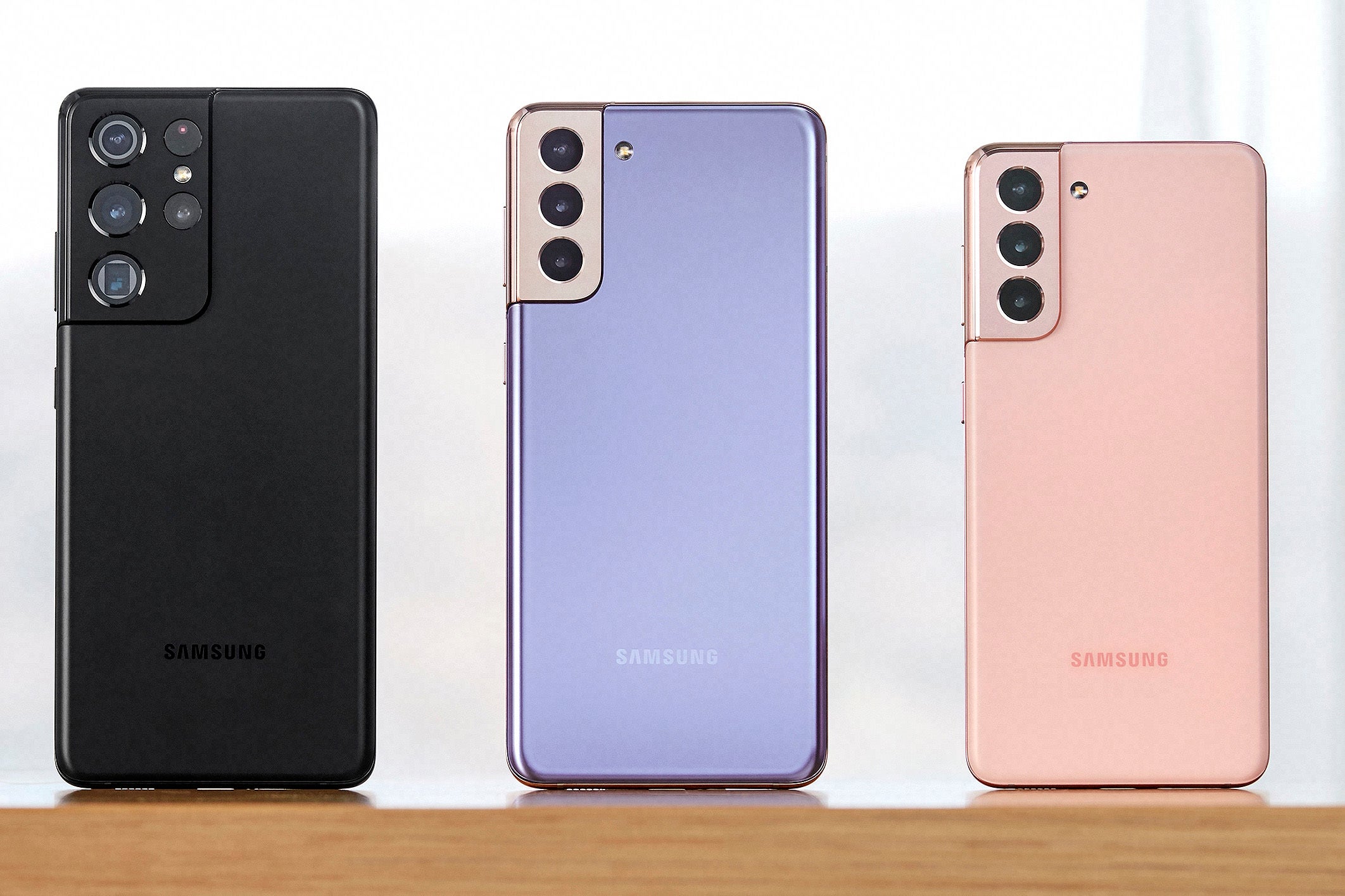Absolutely! Here’s a 3000-word article about the Samsung Galaxy S series, incorporating your request to replace “ with `
` or `
` for headings.
The Samsung Galaxy S series stands as a testament to innovation and technological advancement in the smartphone industry. From its humble beginnings to its current status as a flagship powerhouse, the S series has consistently pushed boundaries, setting new standards for design, performance, and features. This comprehensive exploration delves into the history, key innovations, and future trajectory of this iconic smartphone line.

The journey began in 2010 with the original Samsung Galaxy S, a device that signaled Samsung’s intent to compete in the burgeoning smartphone market.
The Galaxy S (2010): A Bold Entry
The Galaxy S featured a vibrant Super AMOLED display, a significant departure from the LCD screens prevalent at the time. This display offered rich colors and deep blacks, enhancing the user experience.
The Galaxy S II (2011): Refining the Formula
The Galaxy S II built upon the success of its predecessor, introducing a dual-core processor for enhanced performance.

As the S series gained traction, Samsung focused on continuous innovation and expansion, introducing groundbreaking features and technologies.
The Galaxy S III (2012): Natural Interaction
The Galaxy S III introduced “Smart Stay,” which used the front camera to detect when the user was looking at the screen, preventing it from dimming.
The Galaxy S4 (2013): Life Companion
The Galaxy S4 emphasized user-centric features, including “Air View” and “Air Gesture,” allowing interaction without touching the screen.
The Galaxy S5 (2014): Focus on Essentials
The Galaxy S5 focused on essential features, including water and dust resistance (IP67 rating).
The Galaxy S6 and S6 Edge (2015): Premium Design
The Galaxy S6 and S6 Edge marked a significant design shift, introducing premium materials like glass and metal.
In recent years, the S series has focused on refining its core strengths while introducing new technologies and features.
The Galaxy S7 and S7 Edge (2016): Back to Basics
The Galaxy S7 and S7 Edge brought back water resistance and expandable storage, addressing user feedback.
The Galaxy S8 and S8+ (2017): Infinity Display
The Galaxy S8 and S8+ introduced the “Infinity Display,” a near bezel-less design that maximized screen real estate.
The Galaxy S9 and S9+ (2018): Camera Reimagined
The Galaxy S9 and S9+ focused on camera innovation, introducing a variable aperture that adapted to different lighting conditions.
The Galaxy S10 Series (2019): A Decade of Innovation
The Galaxy S10 series marked the 10th anniversary of the S series, introducing multiple models with varying features.
The Galaxy S20 Series (2020): Space Zoom and 5G
The Galaxy S20 series emphasized 5G connectivity and camera capabilities.
The Galaxy S21 Series (2021): Contour Cut Design
The Galaxy S21 series featured a new “Contour Cut” design, seamlessly integrating the camera module with the frame.
The Galaxy S22 Series (2022): Nightography and Performance
The Galaxy S22 series focused on “Nightography,” enhanced low-light camera performance.
The Galaxy S23 Series (2023): Epic Cameras and Snapdragon Power
The Galaxy S23 series featured a focus on camera improvements, with the S23 Ultra boasting a 200MP main sensor.
The Galaxy S24 Series (2024): Galaxy AI and Titanium
The Galaxy S24 series debuted Galaxy AI, a suite of on-device and cloud-based AI features for enhanced user experience.
Future Directions
The Samsung Galaxy S series continues to evolve, driven by innovation and user feedback. Future iterations are likely to focus on:
Enhanced AI integration, providing more personalized and intuitive experiences.
The Samsung Galaxy S series has cemented its place as a leader in the smartphone market, consistently delivering cutting-edge technology and exceptional user experiences. As technology advances, the S series will undoubtedly continue to shape the future of mobile devices.

